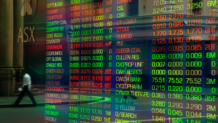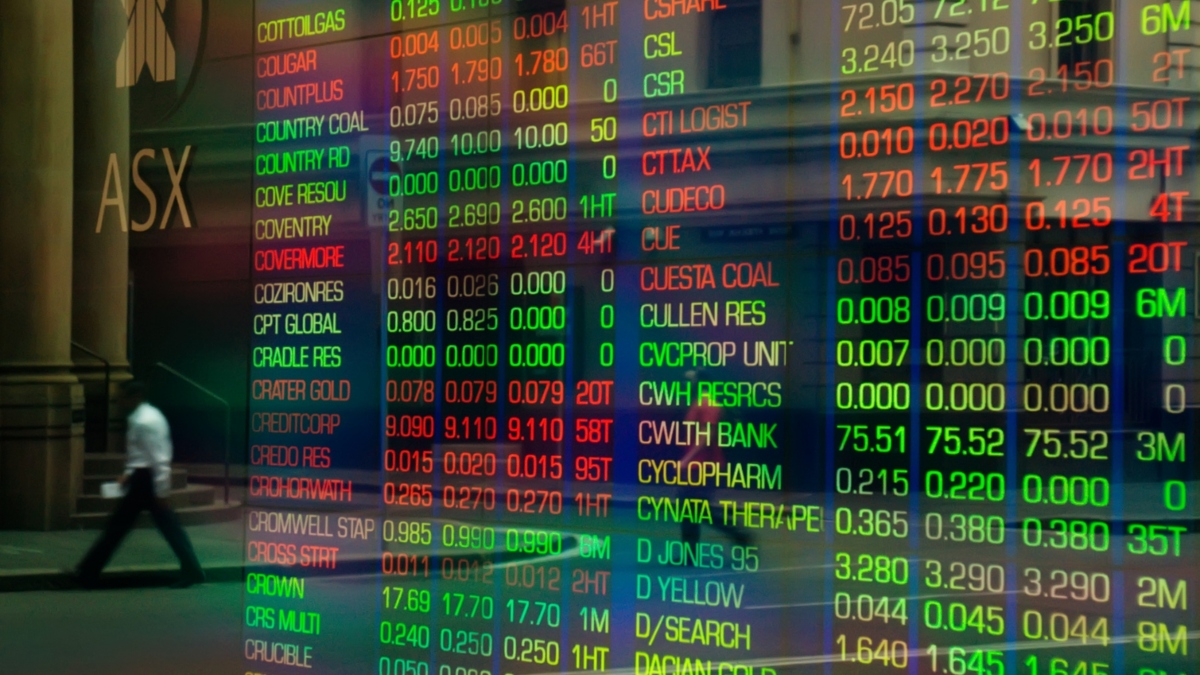The ‘optical illusion’ making the S&P 500 look so much healthier than it really is
Despite all the concerns facing the US economy – the fragility of regional banks, the debt ceiling and sticky inflation among them – its equity market, in particular the benchmark S&P 500, has seemingly proved largely resilient.
That is, until you pull back the curtain.
Do that, says Neuberger Berman president and chief investment officer for equities, Joseph V. Amato, and you’ll see the “optical illusion” filtering out broad underperformance in the top 500 companies across the US.
“Has the S&P 500 Index really been resilient this year?” the respected economist posed in a recent posting on the company’s website. “Or is it more like two very different indices, one that has performed very well and one not so well?”
The optical illusion Amato referred to results from a bifurcation in the index, one that separates those with outsized market share from the rest.
“The first of those indices includes just seven ‘mega-cap’ companies that have built global dominance in their respective industries: Meta, Apple, Amazon, Alphabet, NVIDIA, Microsoft and Tesla. Let’s call it the FAANG+ Index. Each company’s market capitalization is over half a trillion dollars,” Amato stated.
“Those seven companies account for a quarter of the market capitalization of the S&P 500 and 90 per cent of its 8 per cent return year-to-date – a narrowness of leadership that has not been seen for decades. This is quite unique to the U.S. large-cap market.
“Then there is the rest of the index.”
The reason this matters, he explained, is that investors typically think about valuations and index earnings in aggregate. That is, they tend to look at the total performance of the S&P 500 and apportion that performance across the entire index instead of conducting a more nuanced assessment.
“The current consensus S&P 500 Index earnings estimate for calendar year 2023 is $220 per share, which gives a forward price-to-earnings multiple of 19 times,” he stated.
“In reality, however, most of the S&P 500 Index is trading not at 19 times 2023 earnings, but 17 times, which is closer to the long-run average. The aggregate number is distorted by the fact that our FAANG+ Index is trading on a multiple of almost 30 times earnings.”
The upshot, Amato said, is that Neuberger Berman is slightly more wary of the US stock market than broader consumer sentiment would indicate.
“Make no mistake: we are cautious,” he said. “We think inflation will be stickier than consensus estimates, that rates will stay higher for longer, and that earnings have further to decline as those high rates and tight financial conditions start to bite. Narrow, concentrated leadership in the stock market has historically been a negative leading indicator, and the fact that it comes from such an extremely small and high-quality group of stocks on this occasion only reinforces our caution.
“That said, recognizing the bifurcation of the index can help us appreciate that it is not as it appears on the surface – which might explain why market participants appear less concerned that one might expect.”











